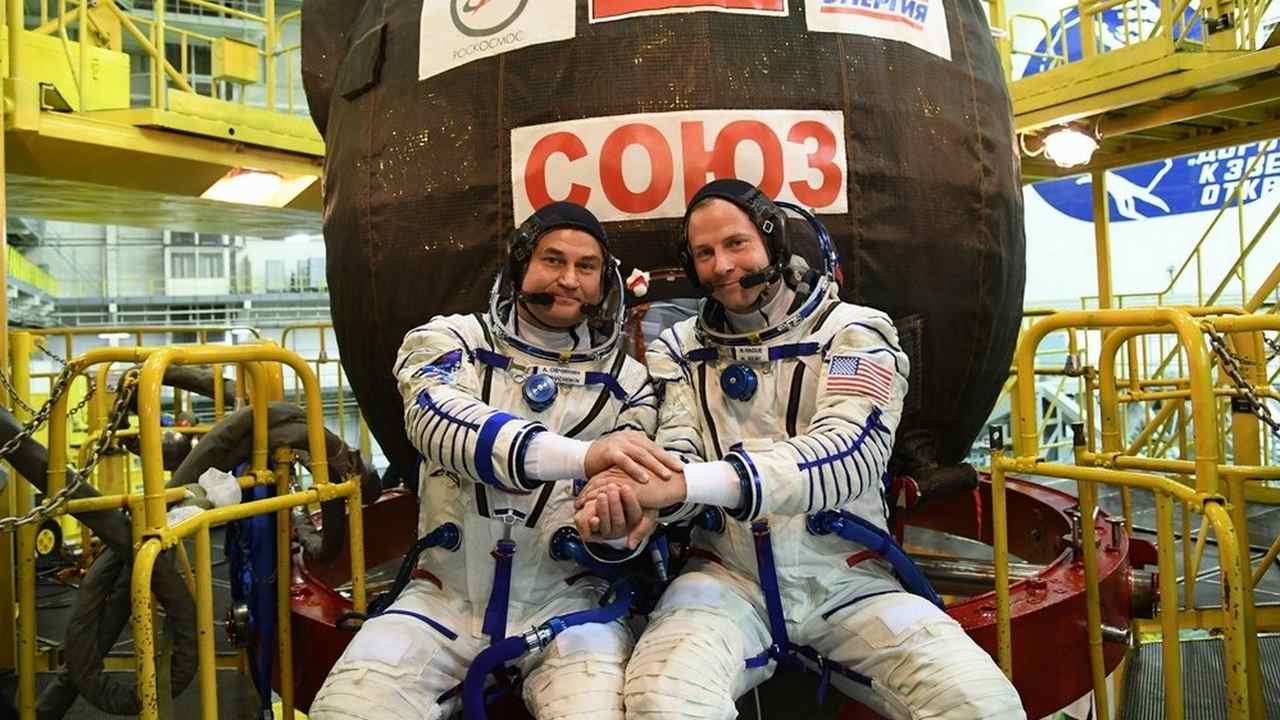Baikonur, We Have A Problem...
"It wasn't quite the day that we planned, but it is great to have Nick and Alexey at least back on the ground."
"This is a very difficult business that we're in. And it can absolutely humble you."
Kenny Todd, director, space station operations, NASA
"We are getting ready for the G loads. G load is 6.7."
"Vehicle malfunction. That was a quick flight."
Alexey Ovehinin, International Space Station aborted flight
"You can look back at the decisions that were made, like retiring the shuttle, like Congress not providing the funding in the first years of commercial crew, which has delayed the availability of SpaceX and Boeing."
"In retrospect those don't look like wise decisions."
John Logsdon, space policy expert, professor emeritus, George Washington University
 |
| Soyuz rocket launch |
Rescue teams raced to locate and retrieve them from the capsule -- relieved to find the two men without injuries -- to fly them back to the launch site. The Soyuz MS-10 rocket's failure has led to the immediate grounding of the rest of the Soyuz fleet, certain to impact deleteriously on both the American and Russian space plans for the near future, let alone leaving the crew aboard the ISS in a bit of limbo. All looked set to go until a translator, announced "Failure of the booster", at the red light in the capsule.
 |
| Alexey Ovchinina and Nick Hague. Twitter |
The space station's three-man crew, a Russian, a German, and an American, may now anticipate a somewhat lengthier stay than initially specified by their mission. Vague questions about evacuating them and leaving the space station to its own devices hoping it can function with no human aboard for a period while commands from the ground keep it in orbit safely are being discussed. For the time being, however, Russian authorities speak of a temporary suspension of crewed space launches.
"Thank God the crew is alive. According to preliminary information the cause (of the crash) came during the separation of the first stage from the second stage. A special commission will get to the bottom of this", explained Yury Borisove, Russian deputy prime minister in Moscow speaking for Vladimir Putin.
 |
| Rescue, after the failed launch |
Labels: International Space Station, Russia, Space Flight, United States

<< Home